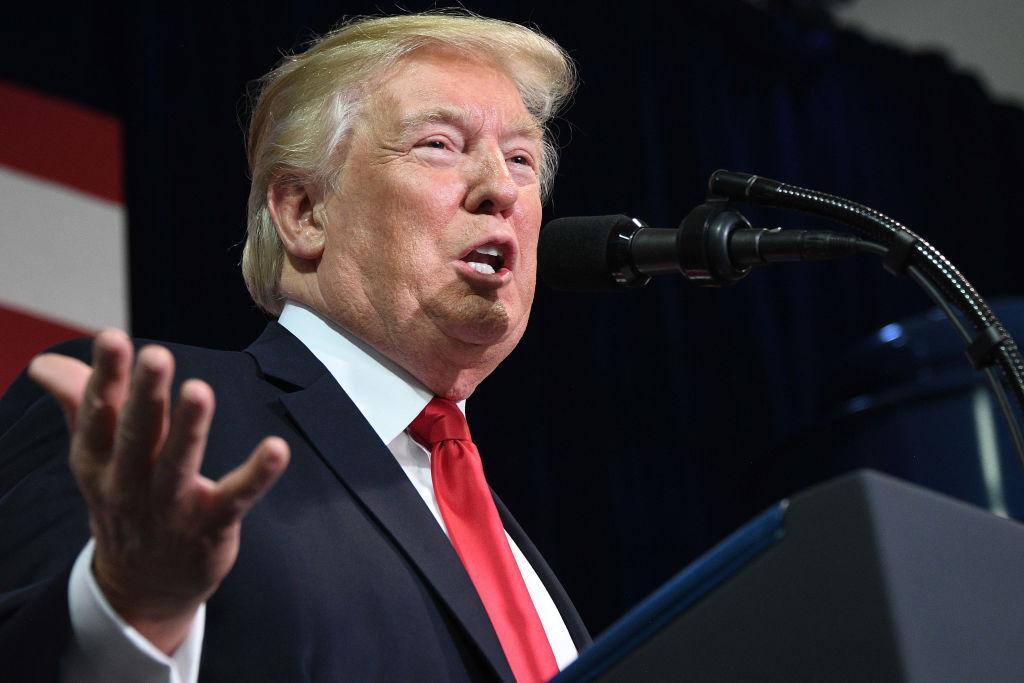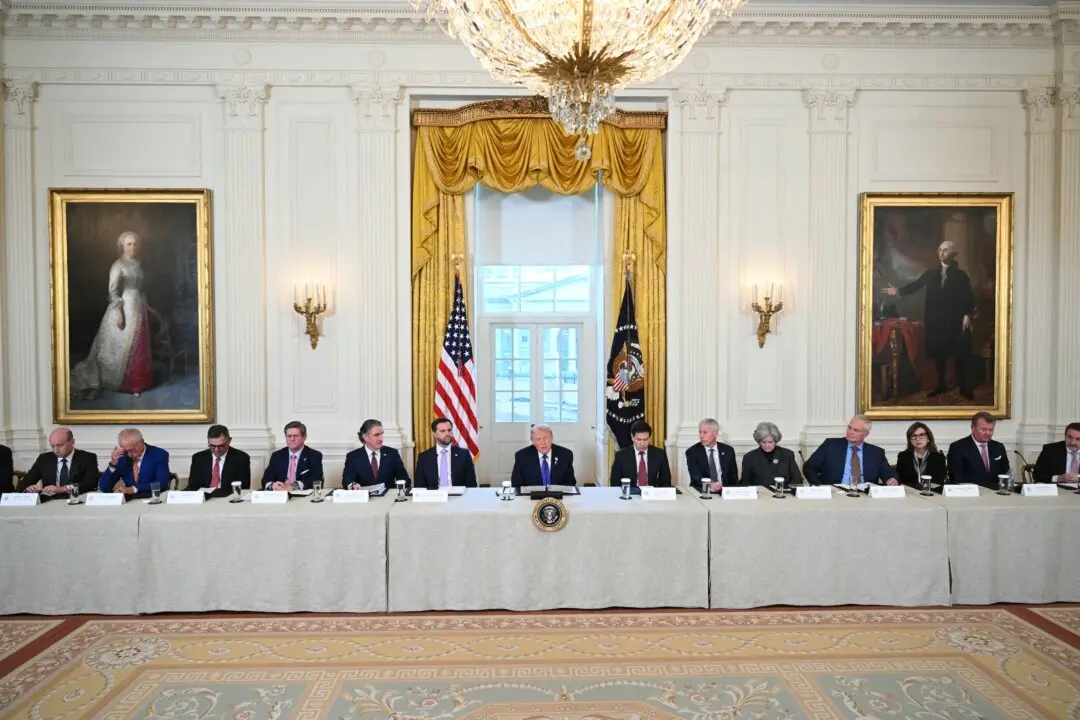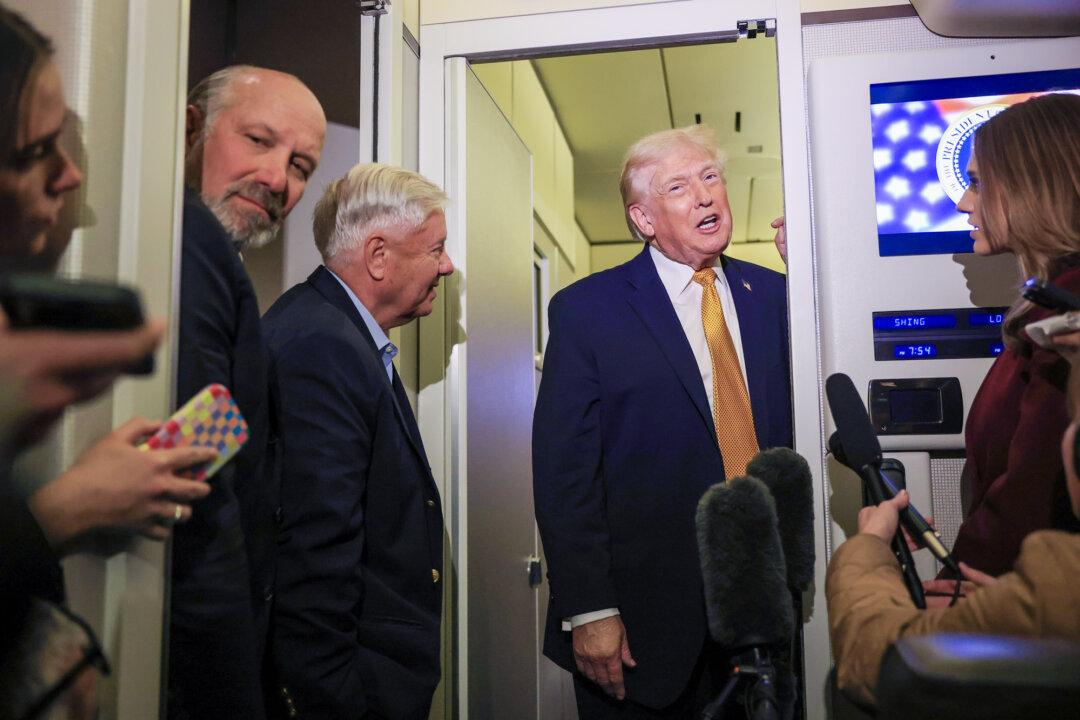For millions of Americans, tax day is their least favorite day of the year. It reminds them of how the U.S. tax system has become more complex and onerous.
“The tax code is now a massive source of complexity and frustration for tens of millions of Americans,” said President Donald Trump, during his opening pitch on tax reform in Springfield, Missouri, on Aug. 30.





